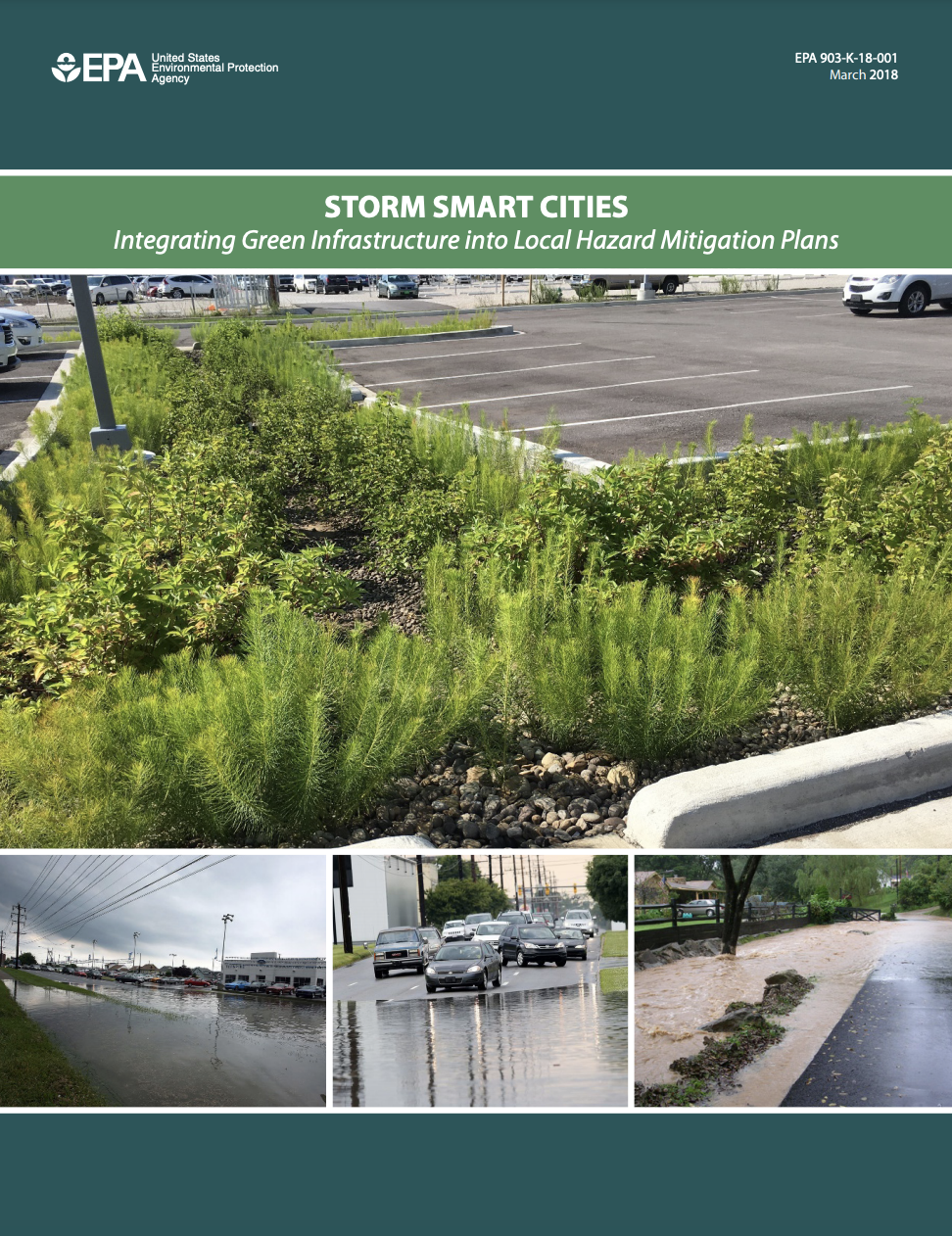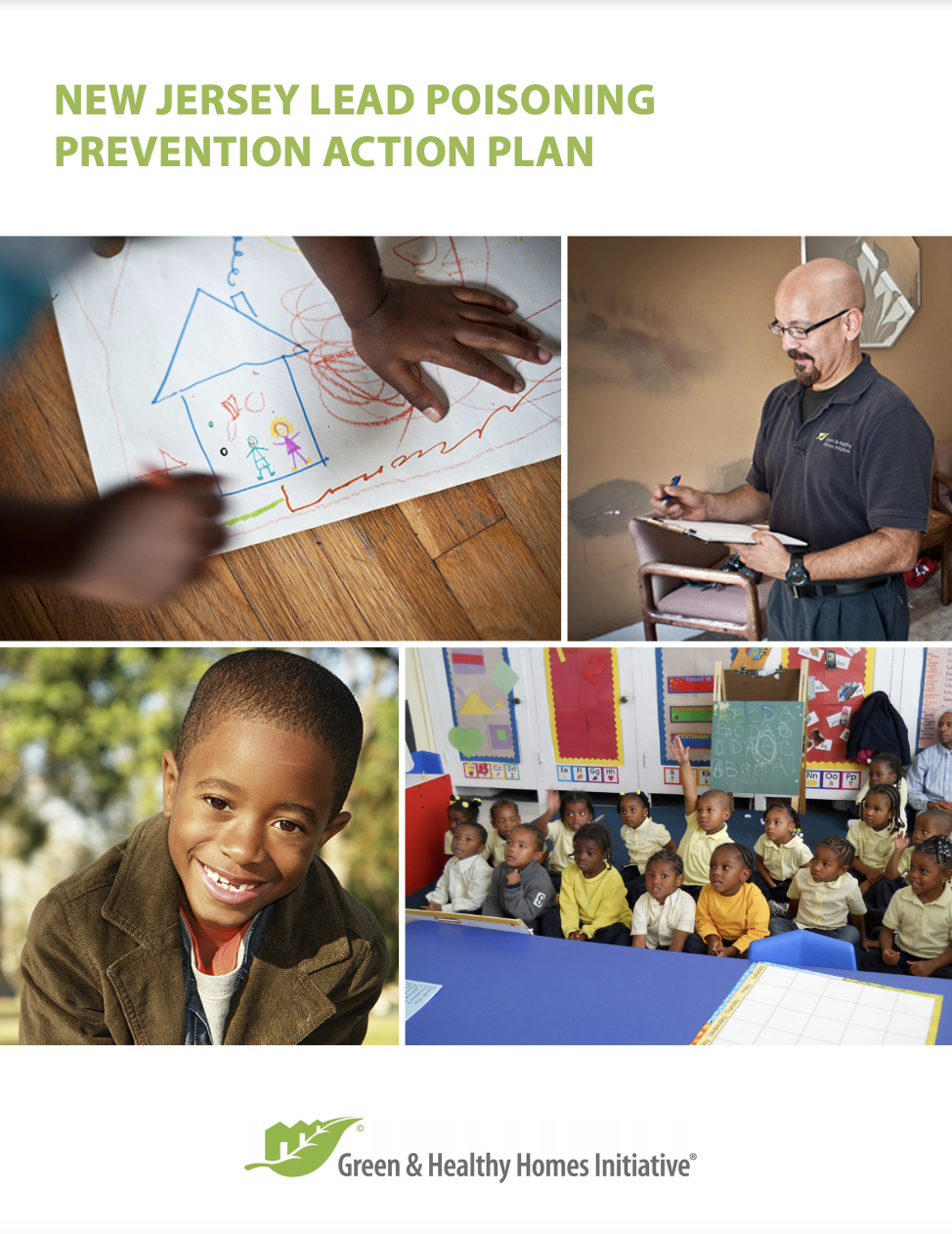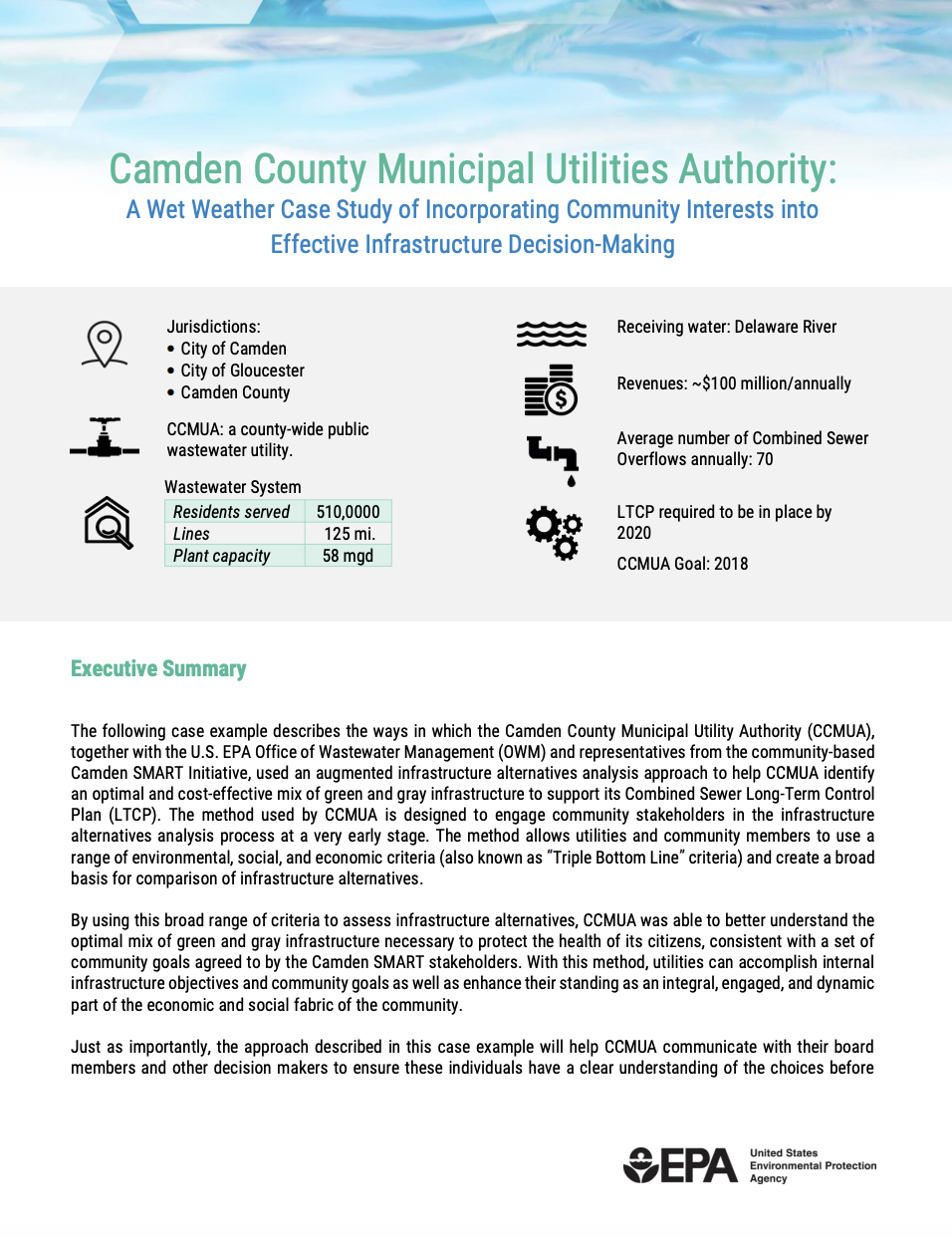This report Mainstreaming Potable Water Reuse in the United States: Strategies for Leveling the Playing Field, by the EPA , ReNEWIt and The Johnson Foundation at Wingspread, is intended to inform the broader dialogue about water reuse through a specific focus on potable reuse. The goals are to help municipalities and utilities that are considering potable… Continue reading Mainstreaming Potable Water Reuse in the United States: Strategies for Leveling the Playing Field
Archives: Resources
Working with the Market: Economic Instruments to Support Investment in Green Stormwater Infrastructure
This report, Working with the Market: Economic Instruments to Support Investment in Green Stormwater Infrastructure, will help stormwater program managers leverage market forces to drive implementation and investment in green infrastructure that meets their needs. Over the next 20 years, communities across the U.S. are likely to invest upwards of $150 billion to manage stormwater infrastructure… Continue reading Working with the Market: Economic Instruments to Support Investment in Green Stormwater Infrastructure
Storm Smart Cities: Integrating Green Infrastructure into Local Hazard Mitigation Plans
This guide, Storm Smart Cities: Integrating Green Infrastructure into Local Hazard Mitigation Plans, is a case study of Huntington, West Virginia and early efforts to consider how green infrastructure could be incorporated into local hazard mitigation plans. It follows a partnership of local, state, and federal organizations and their collaborative effort to address local flooding and… Continue reading Storm Smart Cities: Integrating Green Infrastructure into Local Hazard Mitigation Plans
Making the Utility Case for Onsite Non-potable Water Systems
The National Blue Ribbon Commission developed this report, Making the Utility Case for Onsite Non-potable Water Systems, to help water and wastewater utilities, local government agencies, and other interested stakeholders understand the benefits and drivers behind onsite non-potable reuse, how other utilities have addressed potential challenges, and best practices for the ongoing operation of these… Continue reading Making the Utility Case for Onsite Non-potable Water Systems
Step-by-Step Guide to Integrating Community Input into Green Infrastructure Projects
ELI and its partner Amigos Bravos drafted this Guide to Integrating Community Input into Green Infrastructure Projects to help local governments integrate community input into their green infrastructure projects. It sets out eight steps that local governments can take and, for each step, provides details and tips to help local governments as they move through… Continue reading Step-by-Step Guide to Integrating Community Input into Green Infrastructure Projects
Making It Rain: Effective Stormwater Fees Can Create Jobs, Build Infrastructure, And Drive Investment In Local Communities
This issue brief, Making It Rain: Effective Stormwater Fees Can Create Jobs, Build Infrastructure, and Drive Investment in Local Communities, produced by Natural Resources Defense Council (NRDC) explains how a stormwater fee can provide a steady stream of funding for stormwater management. NRDC presents a suite of strategic recommendations for local governments in the process… Continue reading Making It Rain: Effective Stormwater Fees Can Create Jobs, Build Infrastructure, And Drive Investment In Local Communities
New Jersey Lead Poisoning Prevention Action Plan
The analysis and recommendations contained in the 2018 New Jersey Lead Poisoning Prevention Action Plan provide a comprehensive framework for action steps that can be undertaken by the state, local agencies and other prevention partners to fully eliminate childhood lead poisoning within ten years in New Jersey. These strategies focus on the causal sources of environmental… Continue reading New Jersey Lead Poisoning Prevention Action Plan
MS4 Stormwater Permitting Guide
The MS4 Stormwater Permitting Guide is a tool for utility and stormwater professionals either navigating the permitting process for the first time or the expert looking to answer advanced MS4-related questions. The Guide tackles timely and relevant stormwater issues such as permit terms, the Maximum Extent Practical (MEP) standard versus water-quality standards, water quality trading in the… Continue reading MS4 Stormwater Permitting Guide
CCMUA: Incorporating Community Interests into Effective Infrastructure Decision-Making
This 2018 case study, CCMUA: Incorporating Community Interests into Effective Infrastructure Decision-Making, describes the ways in which the Camden County Municipal Utility Authority (CCMUA), together with the U.S. EPA Office of Wastewater Management and representatives from the community-based Camden SMART Initiative, used an augmented infrastructure alternatives analysis approach to help CCMUA identify an optimal and cost-effective mix of… Continue reading CCMUA: Incorporating Community Interests into Effective Infrastructure Decision-Making
Evaluating Green Infrastructure: A Combined Sewer Overflow Control Alternative for Long Term Control Plans
The intent of this document, Evaluating Green Infrastructure: A Combined Sewer Overflow Control Alternative for Long Term Control Plans, is to provide guidance to Combined Sewer Overflow (CSO) permittees within the State of New Jersey to evaluate green infrastructure (GI) as part of their Long Term Control Plans (LTCPs). LTCP implementation will be a long and expensive… Continue reading Evaluating Green Infrastructure: A Combined Sewer Overflow Control Alternative for Long Term Control Plans









